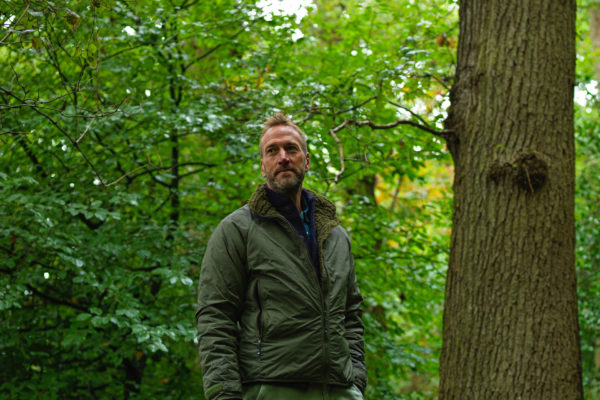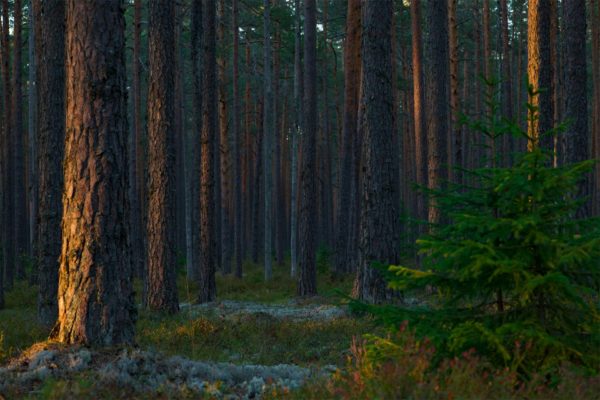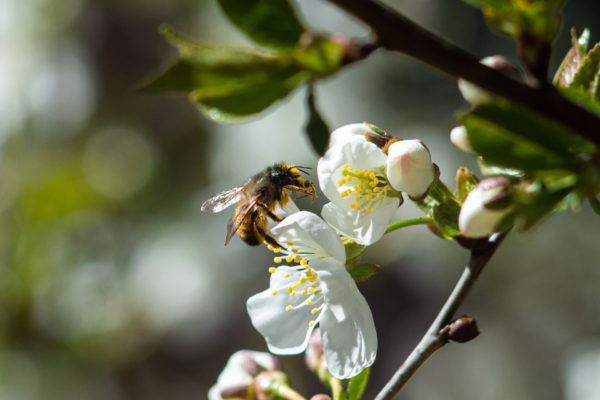Nature Crisis: What Can We Do To Help Endangered Species?
By
2 years ago
5 ways to help save our wildlife
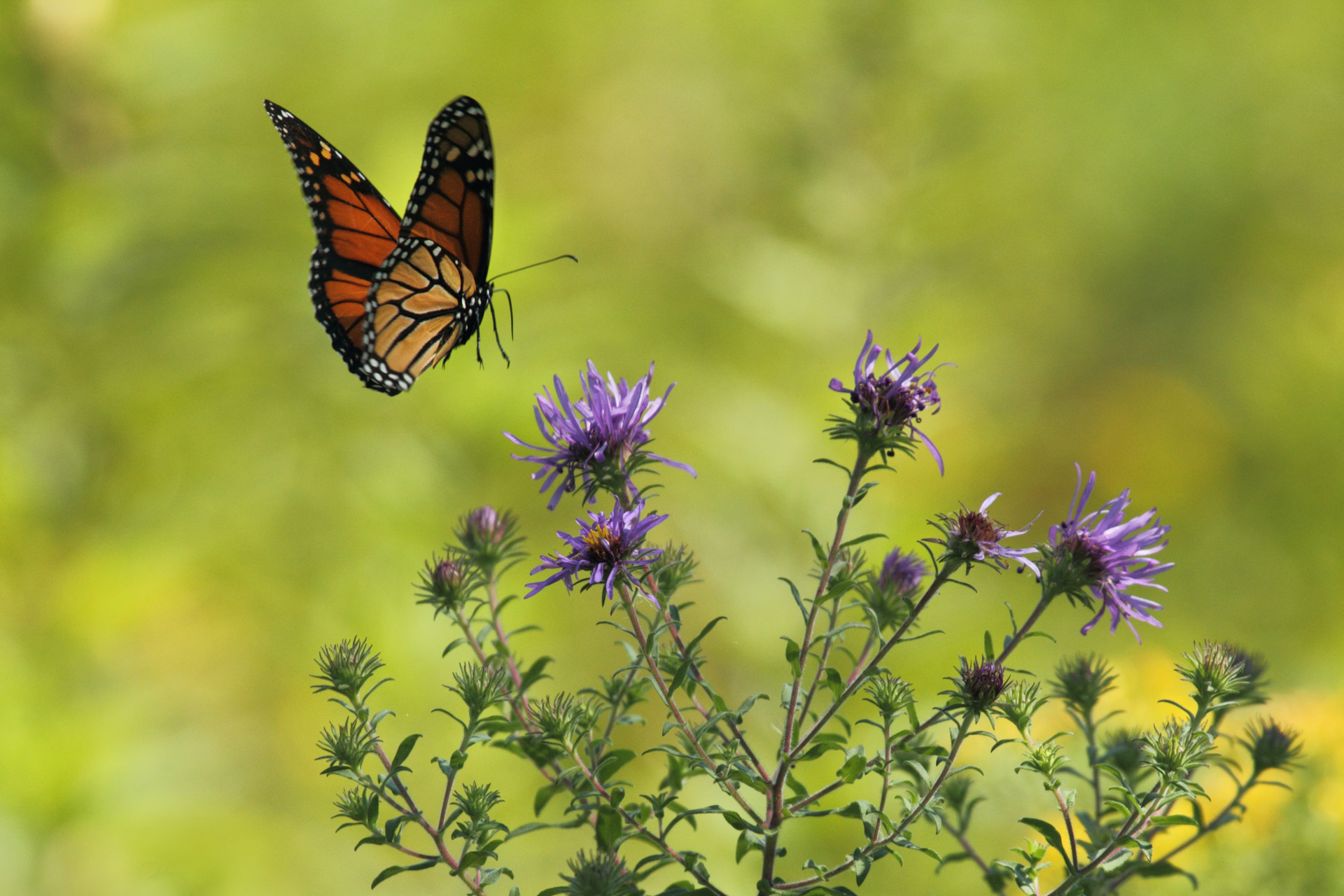
A landmark new study has painted a grim picture for the future of our wildlife. Published yesterday (27 September), the State of Nature report has concluded that one in six species is at risk of extinction in Great Britain. Compiled using data from 60 research and conservation organisations, it shows particularly worrying results for bird species like turtle doves, as well as the hazel dormouse, the lady’s slipper orchid and the European eel. Unsurprisingly, this decline is largely a result of human activity – but can we play a part in helping reverse it?
Speaking about the report, Hilary McGrady, Director-General for the National Trust, said: ‘Nature needs us, and we need nature. We’ve all seen how important access to nature is for our health and quality of life, which makes stopping its decline even more important. With report after report documenting the critical state of UK nature we can no longer fiddle around the edges in the hope that will be enough to make everything ok. It’s not too late to act. But we need to do it now.’
With that in mind, here are five ways we can help support endangered wildlife.
Nature Crisis: What Can We Do To Help Protect Endangered Wildlife?
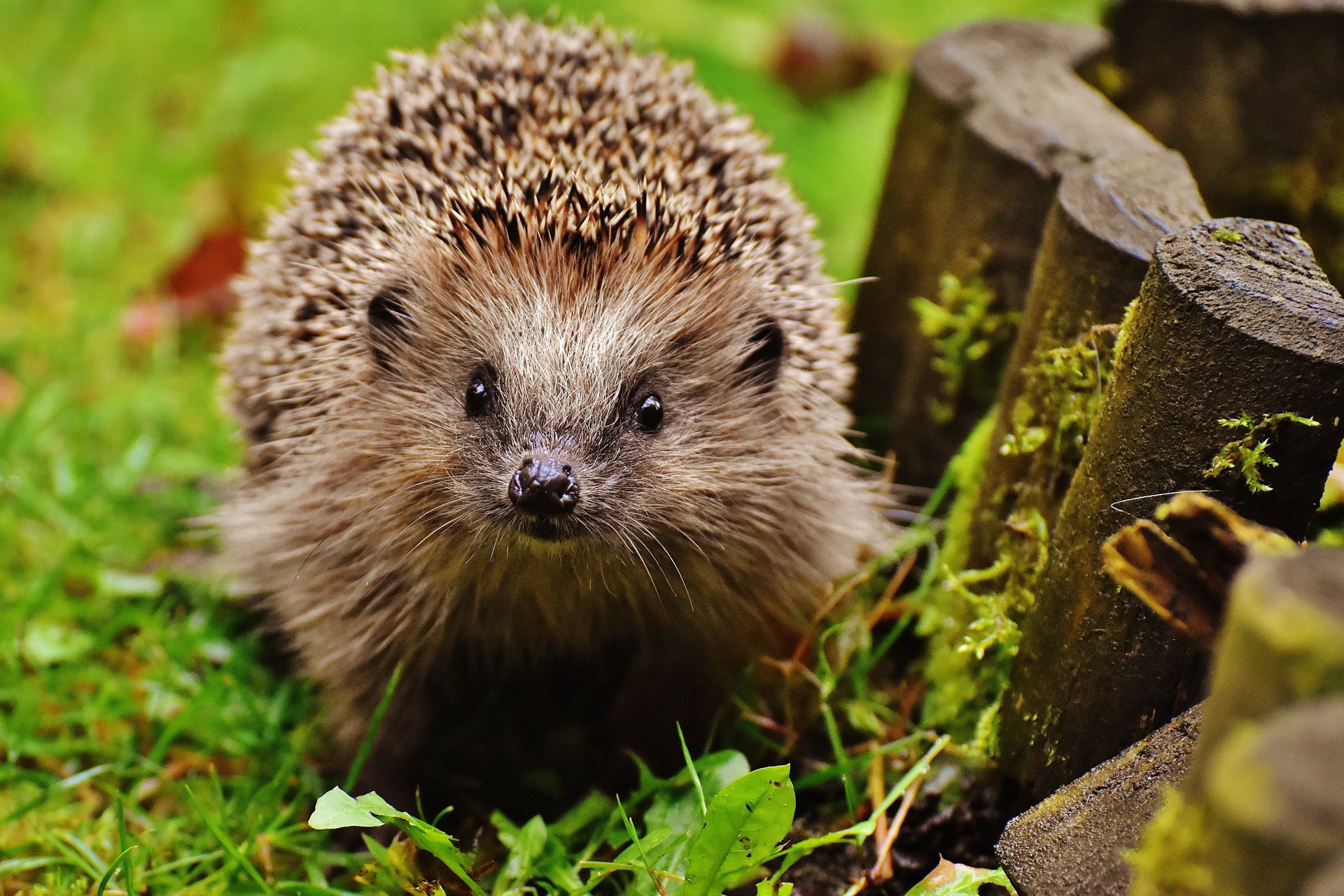
Unsplash
Support Charities
There are many conservation charities working to support endangered species, which need our ongoing support. The People’s Trust For Endangered Species, for instance, is working to protect our ecosystem by bringing back threatened species – from hazel dormice to hedgehogs. Others include:
- The World Wild Fund for Nature (WWF)
- The Wildlife Aid Foundation
- British Hedgehog Preservation Society
- Orchard Network
Encourage Biodiversity In Our Gardens
No matter how big or small your garden is, it can serve as a haven for wildlife. Some top tips for increasing biodiversity are:
- The clue’s in the name: a biodiverse garden is all about diversity. As Kew Gardens advises: ‘Plant a range of species of all shapes, colours, sizes and fragrances.’ Its website also recommends ‘choosing plants that flower and fruit throughout the year’ to attract ‘different species of wildlife from spring to winter.’
- Messy gardener? Fear not: a more wild green space can help biodiversity, as natural debris often acts as a habitat for different species.
- Choose fragrant flowers: pollinators such as butterflies often find their food through smell.
- Create a compost heap. Composting is great for biodiversity as worms, slugs and other invertebrates feed on the decaying material, which in turn provides food for other wildlife.
- Minimise use of herbicides and pesticides, which can damage wildlife.
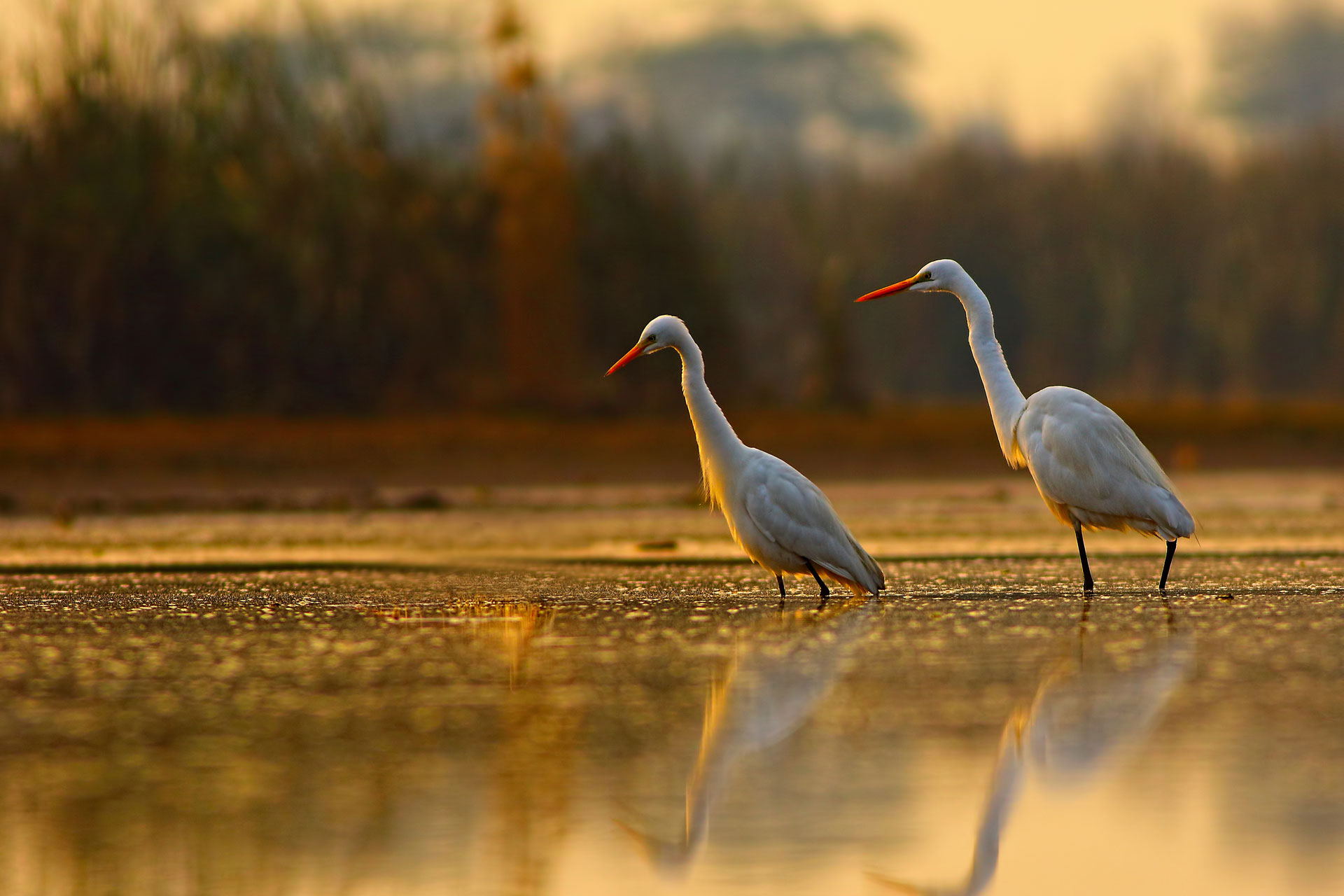
Volunteer
Take part in one of the many conservation projects taking place across the UK. The London Wildlife Trust, for instance, has a range of opportunities, from helping run learning workshops for children to supporting initiatives like river restoration and dragonfly surveys. You could also help restore London’s rivers with the Zoological Society of London, or check out the various volunteering options at the RSPB.
Avoid Key Ingredients Like Palm Oil
Be careful to avoid products that contain wildlife-harming ingredients. One of the biggest offenders is palm oil, which is causing mass deforestation and destroying the habitats of endangered species, such as orangutans.
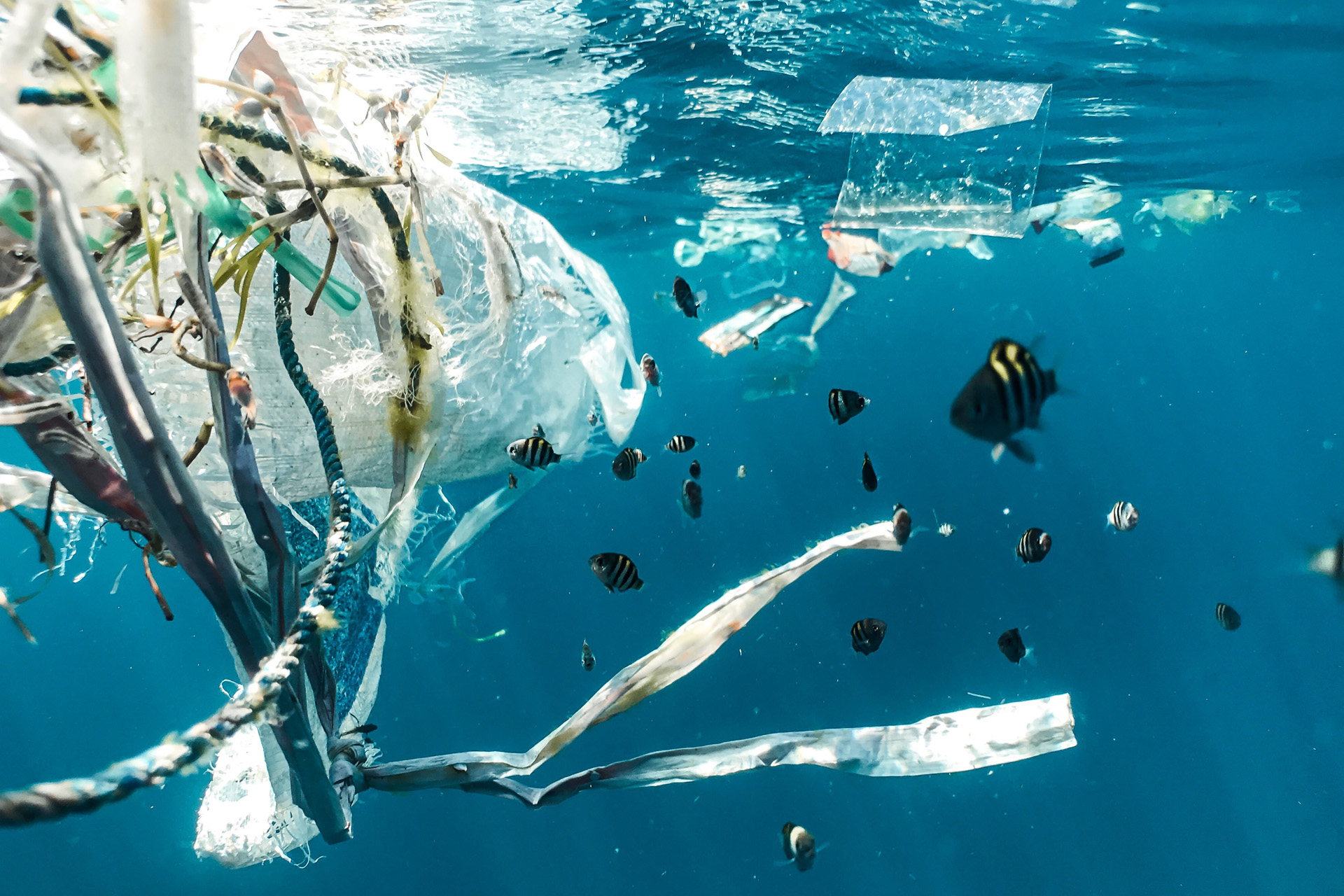
Reduce Your Single-Use Plastic Use
We all know single-use plastic is a no-no. Plastic can kill wildlife: marine life becomes entangled in the sea, turtles mistake plastic bags for food, and ecosystems become polluted. Opt for reusable alternatives where you can, and click here for some top tips on going plastic-free on the move.




